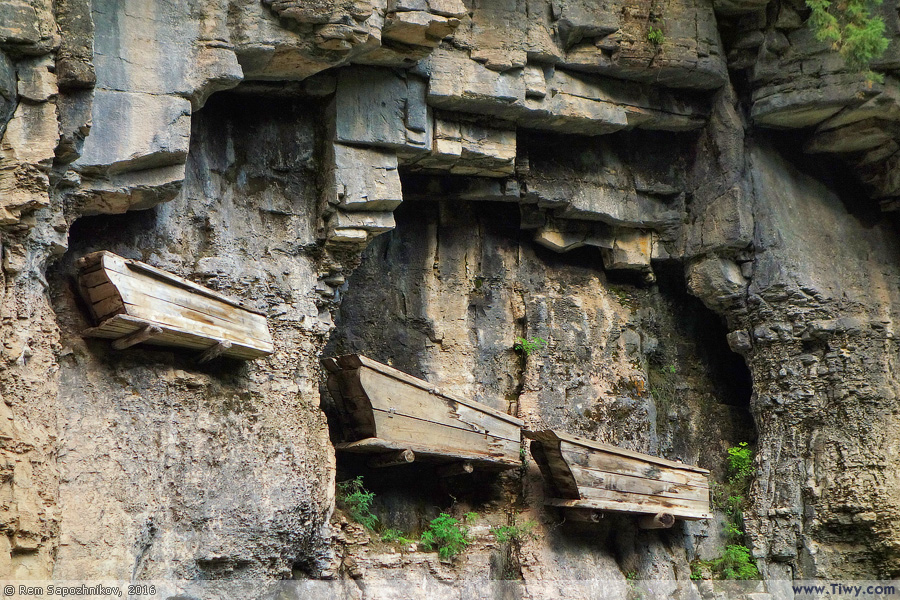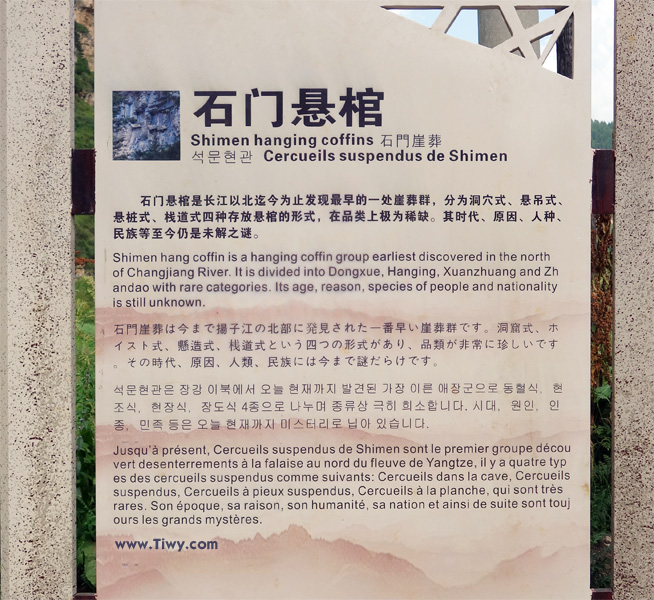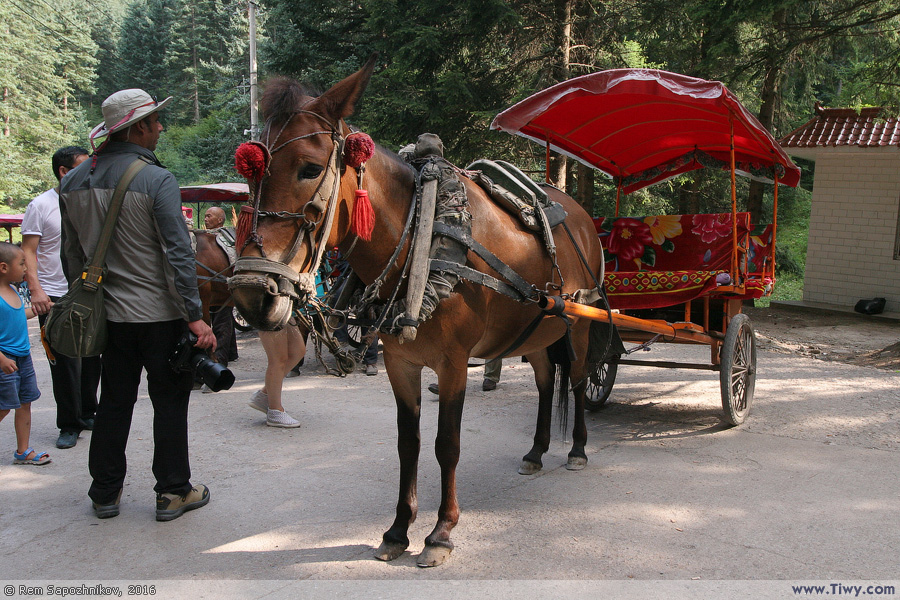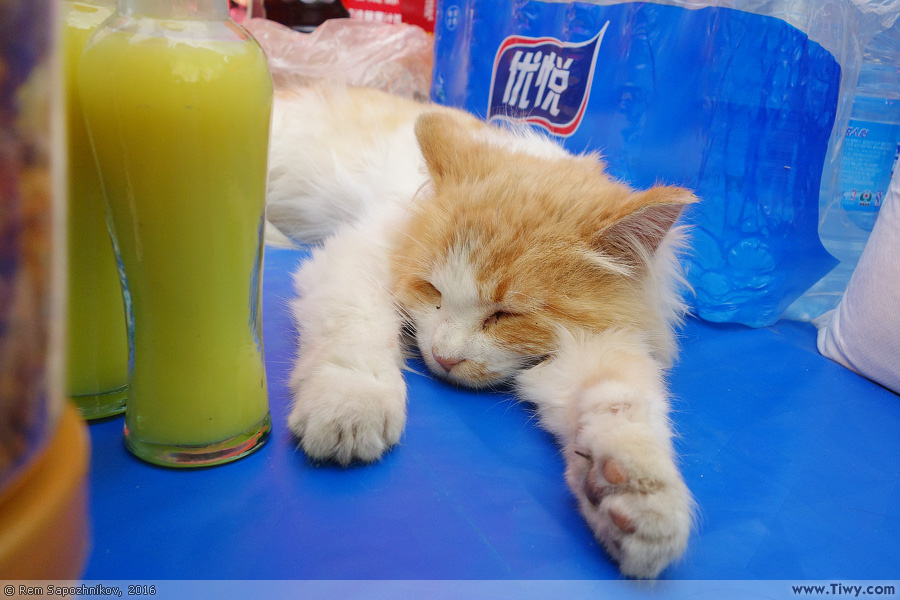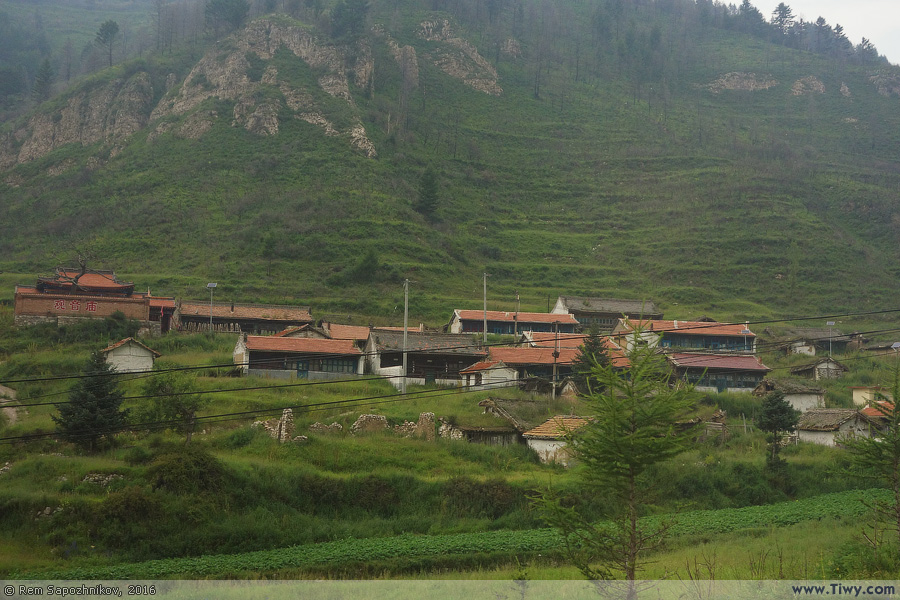Luyashan Mountain. Hanging coffins (石门悬棺 - Shíménxuánguān).
Our next stop was the valley where all the interesting things: temples, trails and even coffins – are all located on the steep slopes of the mountains. China Daily was taking care of all the entrance tickets, but I managed to find out that the fee for one person was 25 yuan (for the coffins and temple) and 30 yuan (for the path through the rocks along the cliffs, where we did not go).

As so often in China, the main sights are located within a kilometer or two from the entrance.
↑ Click for detailed view ↑
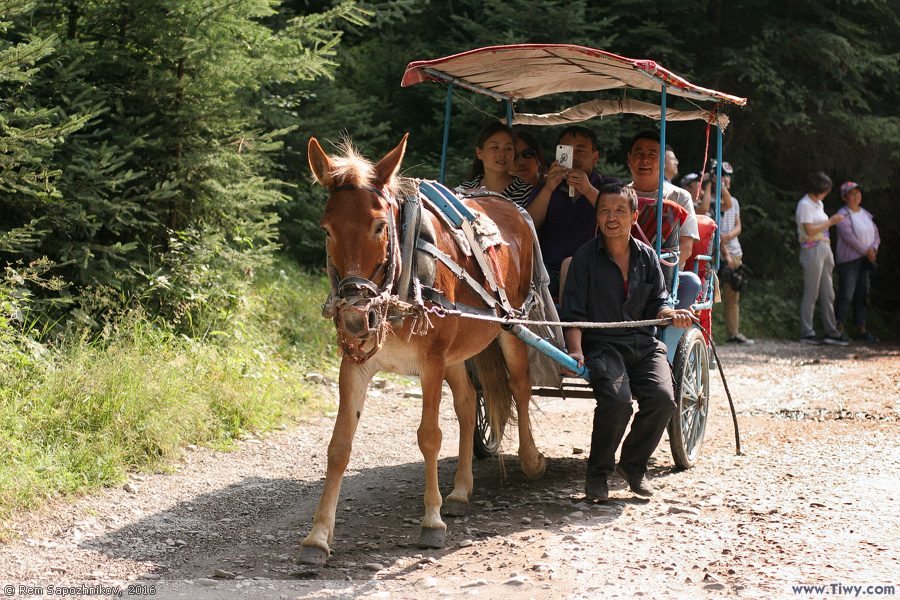


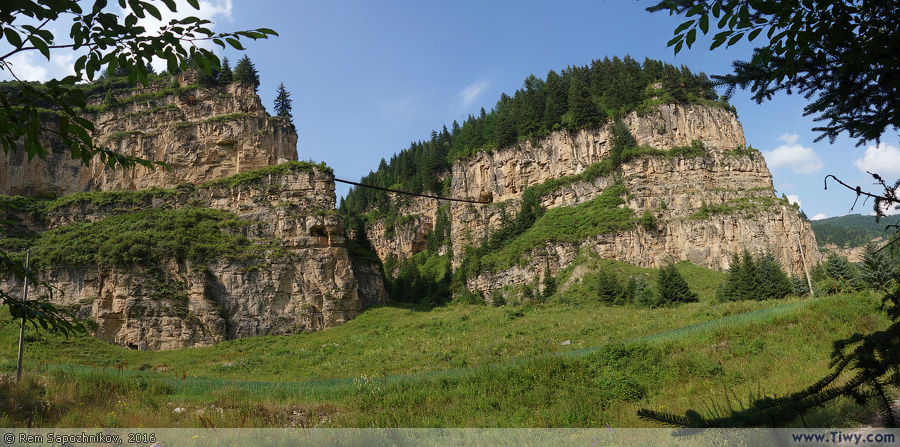

Appeared at the same time as mountain trails — 785-805 years, in the Zhenyuan period of the Tang Dynasty.
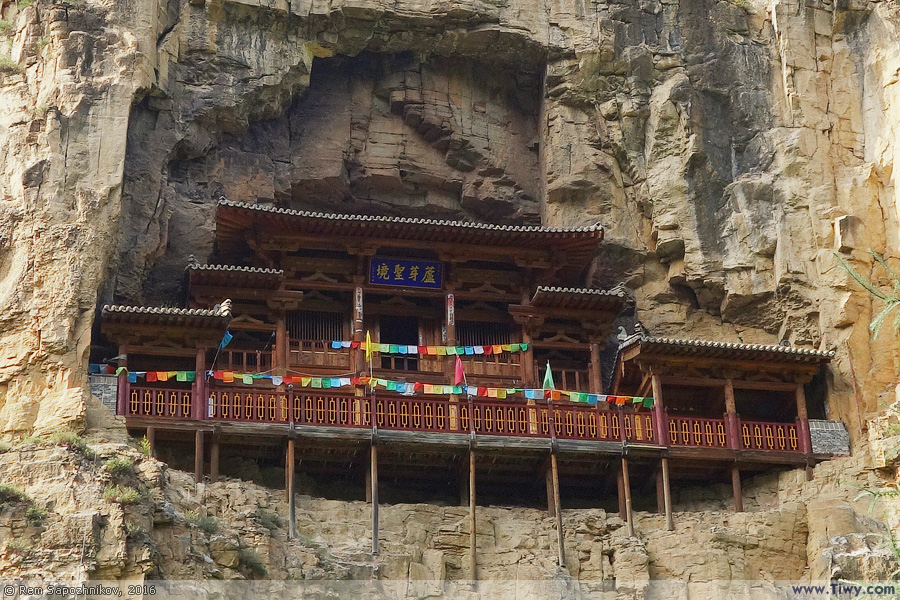
Just the temple in the Hengshan Mountain is world famous, and this one is not.



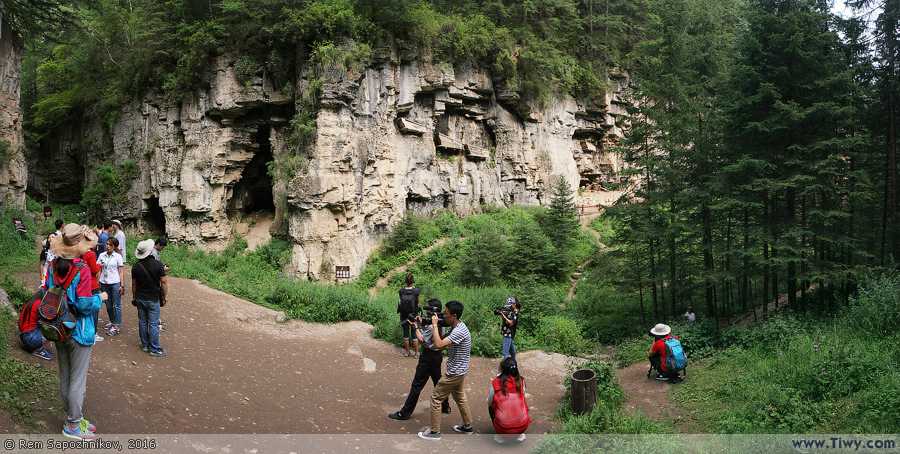
The age of the coffins found in different parts of the country varies from 400 to 2500 years.
